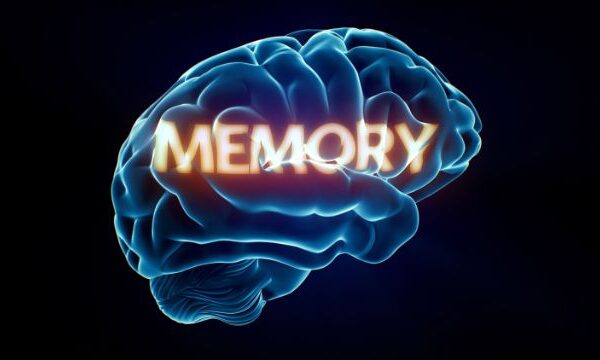Understanding the Conjunction Fallacy (and Why Lawyers Should Care)
Cognitive psychologists Daniel Kahneman and Amos Tversky created a test that reveals how easily we can fall into faulty reasoning — what’s known as the conjunction fallacy.
If you want to strengthen your analytical thinking (and you’re a lawyer who gets paid to think clearly), understanding the conjunction fallacy for lawyers is especially valuable.
Cognitive psychologists Daniel Kahneman and Amos Tversky created a test of people’s tendency to get trapped by the . Here’s how the puzzle is presented.
The Linda Problem
Here’s the famous example they used:
Linda is 31 years old, single, outspoken, and bright. She majored in Philosophy.
As a student, she was deeply concerned with issues of discrimination and social justice, and she also participated in anti-nuclear demonstrations.Now, which is more probable?
Linda is a bank teller.
Linda is a bank teller and active in the feminist movement.
Most people in the study by Kahneman and Tversky chose number 2 — but that’s statistically impossible unless all bank tellers are also active feminists.
Why Do People Choose Wrong?
The conjunction fallacy happens because our brains are drawn to stories that feel more plausible, even when they’re mathematically less probable.
We assume that a detailed description (“bank teller and feminist”) is more likely than a simple one (“bank teller”) because it fits the story in our head.
But in reality, the probability of two events happening together is always less than the probability of either one occurring alone.
A simple Venn Diagram makes this clear — the overlap (conjunction) is smaller than either circle by itself.
What Lawyers Can Learn From This
For lawyers, this bias matters more than you might think.
You make judgments every day — about cases, clients, and evidence. When your reasoning feels “intuitively right,” that can sometimes mean you’re being swayed by narrative coherence instead of probability.
Understanding the conjunction fallacy for lawyers helps improve analytical precision, especially in litigation, negotiations, and evaluating risk.
Awareness Isn’t Immunity
As Kahneman famously said in Thinking, Fast and Slow, simply knowing about a bias doesn’t make you immune to it.
So next time you find yourself crafting a “story” that fits too neatly — pause. Ask yourself: Am I making a logical judgment, or just telling a compelling story?
Because even the best thinkers (and lawyers) can fall prey to subtle mental shortcuts.
The more you know, the more you grow
You can read more here about the conjunction fallacy. Hopefully, you’re better aware of it now and less likely to succumb to it.
But remember: simply being aware of the possibility of committing a thinking error is not enough to prevent you from making the error.
Use technology to radically improve your law practice by focusing on the few core elements that have the biggest impact.







